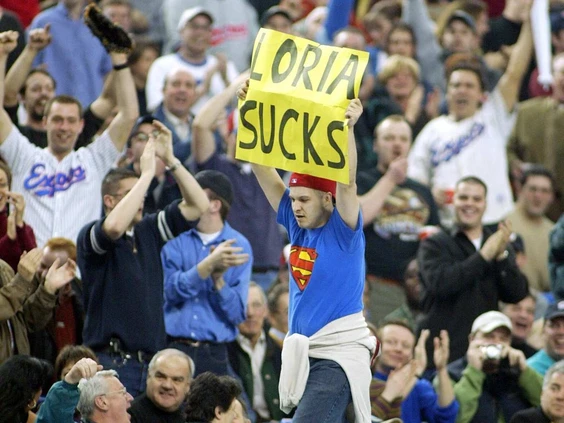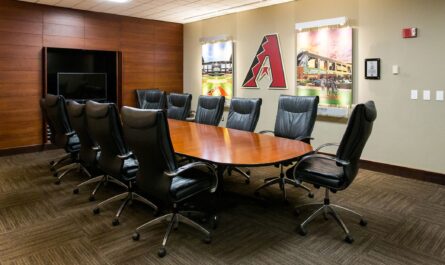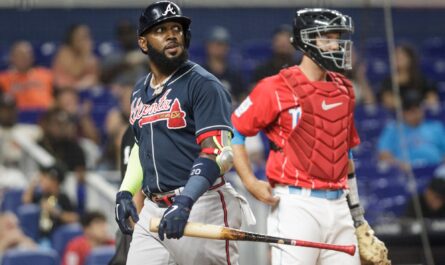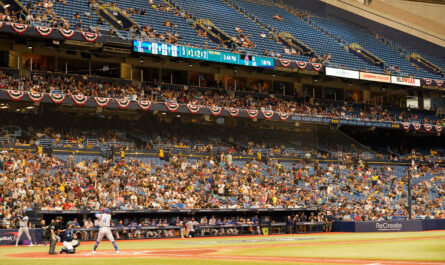In professional sports, there have been countless characters who have left their mark, but none may be as notorious in the world of baseball as Jeffrey Loria. While Loria may not be a household name, his controversial tenure as the owner of the Montreal Expos and later the Miami Marlins has earned him a reputation as one of the biggest scam artists in American sports history.
The Montreal Debacle
Jeffrey Loria’s journey in the world of professional baseball began with the Montreal Expos. In 1999, he purchased a controlling interest in the team but his tenure with the Expos was marred by controversy from the start. Loria’s business practices, which included trying to relocate the team to the United States, raised eyebrows.
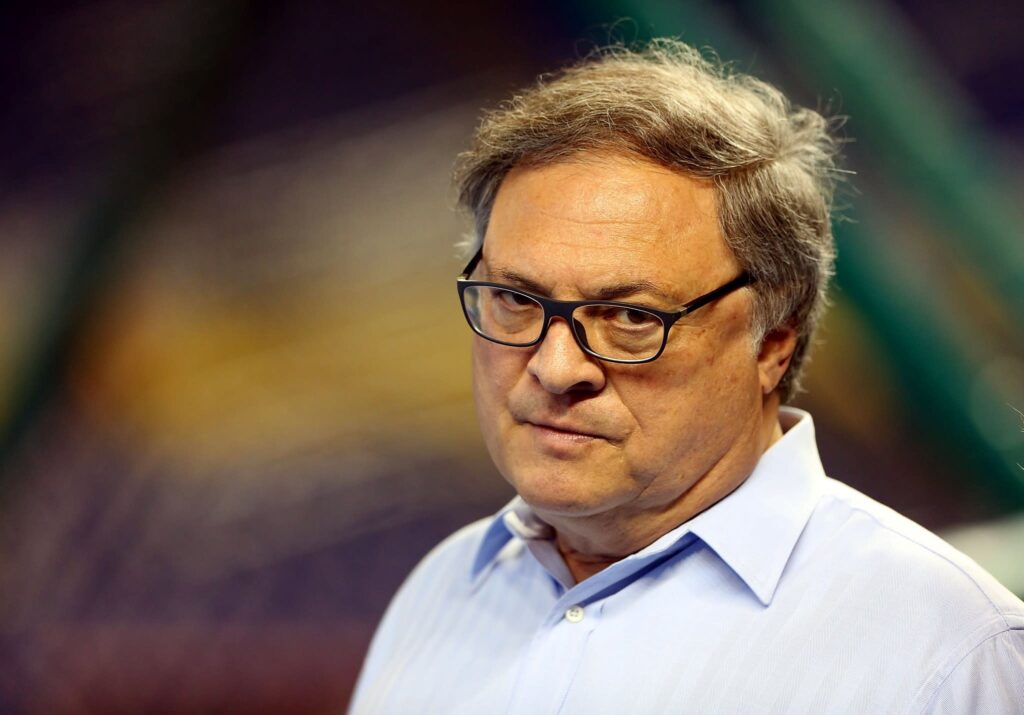
In 2002, Loria orchestrated a three-way deal that resulted in the Expos being moved to Washington, D.C., where they became the Washington Nationals. This left Montreal baseball fans devastated and the Canadian city without a Major League Baseball team. Loria’s actions not only harmed the sport but also left a bitter taste in the mouths of devoted Expos fans.
As a result in 2009, he was sued by a group of former Expos minority owners who alleged that he had conspired to undervalue the team when he sold it. While Loria ultimately won the lawsuit, it raised some eyebrows regarding the nature of his business practices. This unfortunately would be too little to late as he was already well into his next venture.
What is going on in Florida?
After selling the Expos, Loria acquired the Florida Marlins (later renamed the Miami Marlins) in 2002. His ownership of the Marlins was marked by a pattern of deceit and manipulation as during his tenure as principle owner, he openly defrauded the public for personal gain.
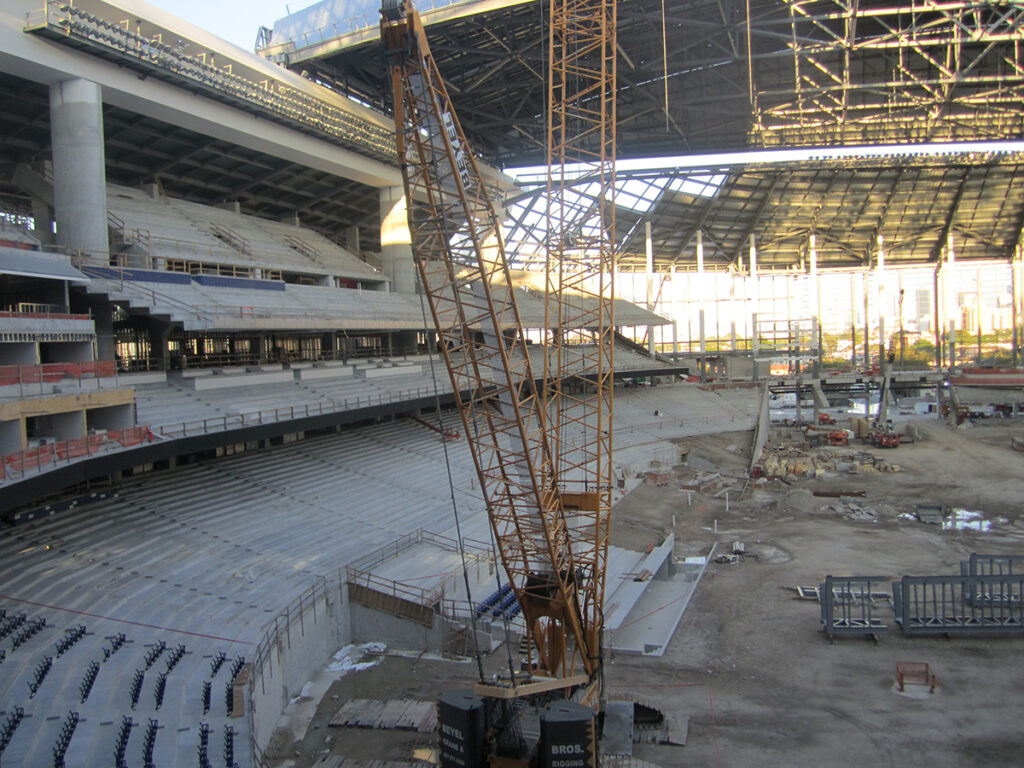
The cornerstone of Loria’s strategy was the construction of a new taxpayer-funded stadium for the Marlins. The promise was simple: a state-of-the-art facility would rejuvenate the franchise, attract top talent, and lead to a competitive team. With this narrative and public threats to leave the city, the Marlins ownership group convinced the City of Miami to contribute a majority share of the initially proposed $515 Million. While this is a common figure cited for the stadium, there is some contradiction in figures due to additional infrastructure, amenities and accrued interest. With these cost included it has been estimated that the city’s cost may have been as high as $400 Million in municipal debt.
In the years leading up to breaking ground on the former Orange Bowl site in 2009, Loria led a campaign to bolster public funding while also fighting against public disclosure. This ruffled a lot of feathers throughout the community and while many spoke out against the city’s investment, their cries of opposition seemed to fall on deaf ears. The funding was approved and the project would move forward.
With outlook from an organizational perspective running at an all-time high many began to buy into the the narrative. However, in 2012 just one year after the stadium opened, the first domino would fall. Loria authorized a massive fire sale of top players, including Jose Reyes, Josh Johnson, Mark Buehrle, John Buck and Emilio Bonifacio. In return the Marlins received Yunel Escobar, Adeiny Echavaria, a pitcher and some prospects. This trade which appeared to have been an effort to slash payroll also seemed to contradict what would be in the best interest of the clubs future. This move betrayed the trust of both fans and city officials who advocated for the new stadium investment and with public outcry pouring in, Loria would spend the next 5 years employing smoke and mirrors in an effort to veil his next move.
The Pump and Dump
After the opening of Marlins Park in 2012, Loria quickly abandoned any pretense of investing in the team’s success. Instead, he engaged in a calculated “pump” operation. Marlins Park, funded largely by taxpayers to the tune of nearly $400 million, was hailed as a jewel of a ballpark at the time. Yet, its grandeur masked the underlying deception, as Loria had no intention of utilizing this investment to build a winning team.
Under the guise of building a championship-caliber roster, Loria inked backloaded contracts for star players like Giancarlo Stanton, Marcell Ozuna, and Christian Yelich. These contracts which promised substantial salaries in the later years, created an illusion of a long-term commitment. However, Loria’s intentions were far from noble and many of these contracts paid modest salaries in the first few years only to increase by as much as 100% in subsequent years. This was by design, as even a broad look at the Marlin’s payroll totals following the 2012 season point to something nefarious.
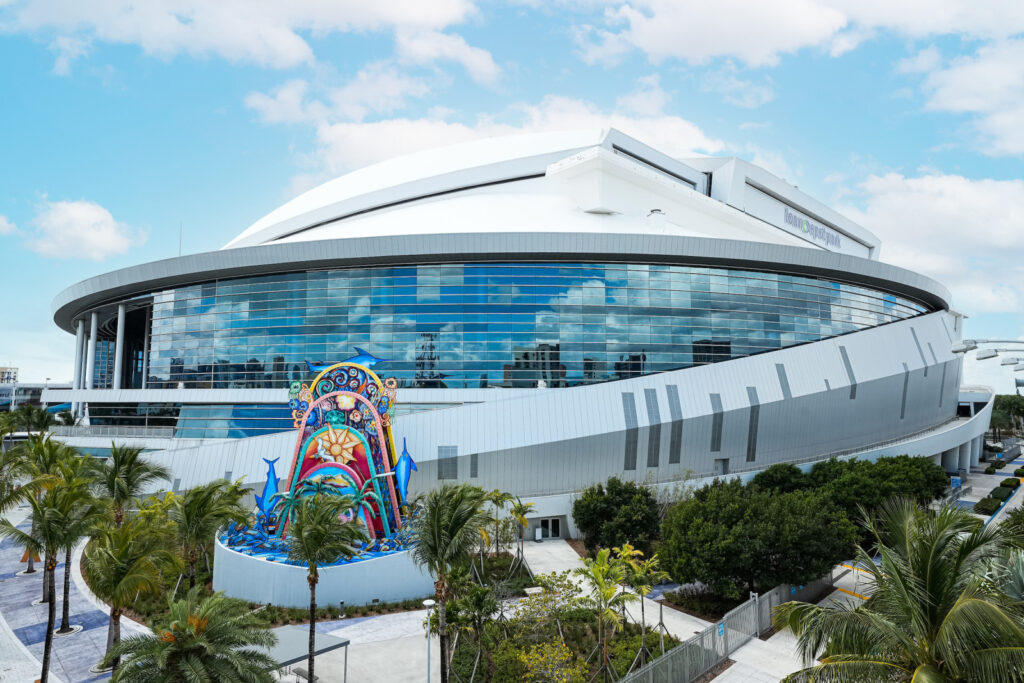
In the midst of player contract deals still making headlines, rumors were also circulating that the team was in negotiations to extend their broadcasting deal with at the time Fox Sports Florida. With their contract at the time soon to expire, Loria appeared to be negotiating a strategic move to secure long-term financial stability for the franchise. This again was yet another component to his “pump” strategy which allowed him to demonstrate increased revenue potential and further inflate the team’s value. Unfortunately for Loria a deal was never reached, but the prospect of negotiations with a television network for broadcasting rights was lucrative enough to bring to the table when valuing the organization.
With the pieces in place it was announced in 2016 that Loria and the ownership group were looking to sell the franchise. This sparked many mixed reactions and some felt Loria didn’t do enough to hold up his end of the bargain during the stadium negotiations. On the other end many were happy to see him go and quite receptive to the prospect of a new owner for the organization. This was the final phase of Loria’s plan. A calculated dump 14 years in the making, netting the ownership group more than 1.9 Billion in profit. That’s a return of over 657% since buying the franchise in 2002 for a mere 158.5 million.
In hindsight, it became evident that Loria’s ownership of the Marlins was driven more by financial manipulation than a genuine commitment to the team’s success. He exploited the trust of fans, the contributions of taxpayers, and the talents of star players to orchestrate a relatively public scheme that has gone without consequence.
Setting a Precedent
Loria’s ownership of the Miami Marlins serves as a cautionary tale that continues to shape the landscape of stadium negotiations across sports. While he may not have been the first owner to use public subsidies, he was likely the first to exploit a municipality to pay a majority share of a private use stadium. This trend of public subsidies has seen a massive uptick recently with every proposed stadium in the past 5 years expected to receive at least a portion of public funding.

As recently as April of this year (2023), the city of Nashville approved a record breaking $1.3 billion pact to build a new stadium for the NFL’s Tennessee Titans. This surpassed the $850 million proposed for the new Buffalo Bills stadium in March. However, there’s always a figurative torch to be passed, and there’s no doubt that Stu Sternberg, the principal owner of the Tampa Bay Rays, has assumed Loria’s dubious legacy in the MLB. After a public threat campaign to move the team and employ questionable tactics, Sternberg secured over $600 million in public subsidies to build a stadium in a location he has been on record openly criticizing. While the entire story here has yet to unravel some are pointing out some rather concerning similarities between Sternberg and Loria’s business tactics.
Conclusion
Jeffrey Loria’s ownership tenure in professional baseball, marked by controversy and deception, sheds light on the darker aspects of sports ownership. His calculated maneuvers with the Montreal Expos and Miami Marlins left fans and taxpayers disillusioned, setting a troubling precedent for public funding in private stadiums. Loria’s legacy serves as a stark reminder of the need for transparency and ethical responsibility in sports ownership, emphasizing the importance of safeguarding the interests of the game, its supporters, and the communities it impacts.

